History
The concept of Puke Ariki was formed in 1993 when a working party was established by New Plymouth District Council to address the problem of the town’s museum and library running out of space.
In fact, the War Memorial Building, which housed the museum and library, had been suffering from a lack of space for almost 35 years.
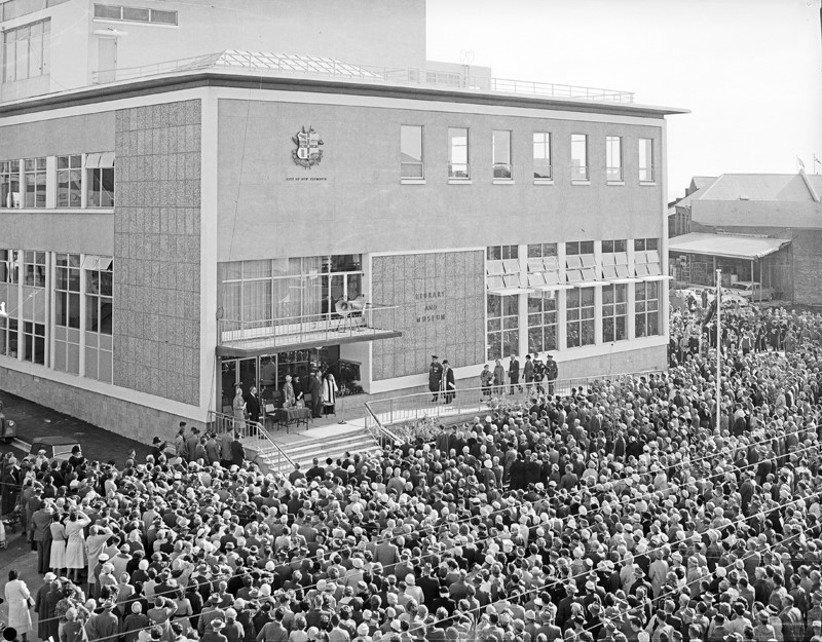
Opening of War Memorial, Library and Museum (1960), Swainson’s Studios. Collection of Puke Ariki (WD.007351)
Just 5% of the museum’s collection was on display. As the library book collection grew, so did the battle for space and by the early 1980s, the situation was becoming critical. The working party’s mandate was to establish the immediate needs of both institutions and to plan for future expansion.
In 1995 the site for the new building was agreed upon - the old Puke Ariki pā site, once located near the mouth of the Huatoki Stream. The earliest known history of this location dates from 1700 when the large pā was the home of the great rangatira Te Rangi apiti-rua. After the migration of large numbers of Te Ātiawa to the Kāpiti coast and greater Wellington region in the early 1800s, the site was taken up by the Plymouth Company for colonial settlement in 1841. It was renamed Mount Eliot, although eventually the hill was completely removed to make way for the needs of the growing town.
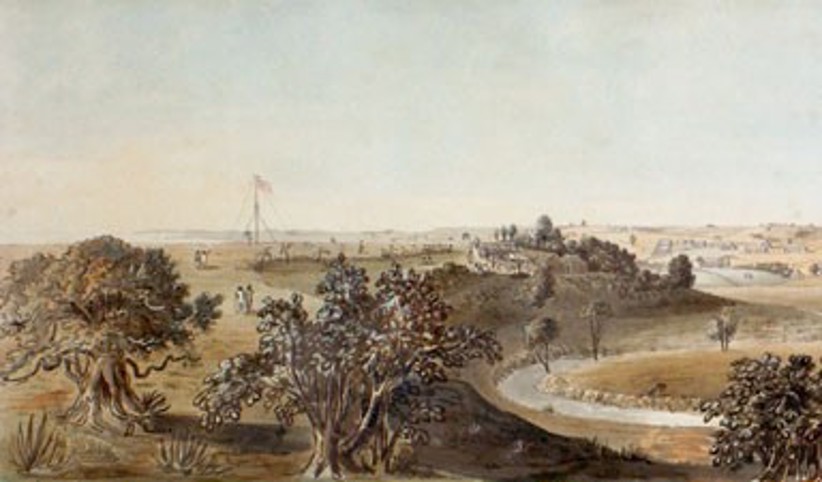
Puke Ariki/Mount Eliot (1844). Edwin Harris. Collection of Puke Ariki (A64.821b).
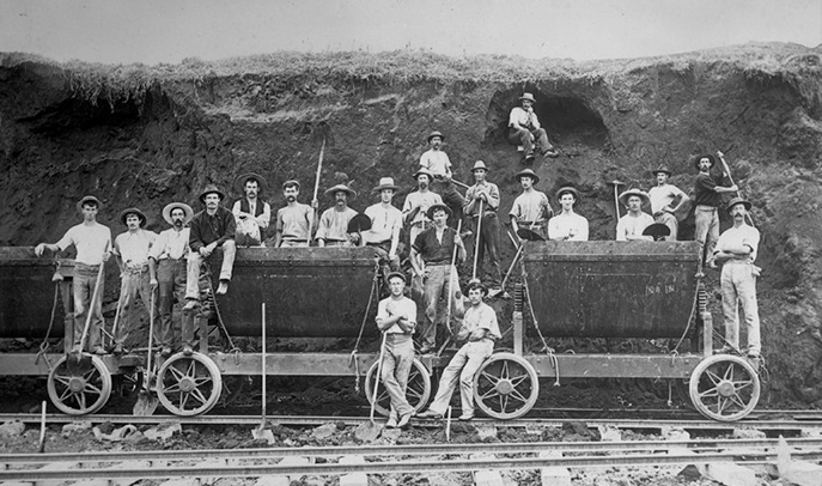
Men removing Puke Ariki/Mount Eliot (c1900). George Herbert White. Collection of Puke Ariki (PHO2007-247)
The new museum complex was to be built here, on the foreshore and under the mountain, with the library expanding to fill the existing building. The two would be joined by a bridge over Ariki Street. And the project got its name – Puke Ariki.
In 1996/7, Komiti Māori was formed to represent all the iwi in the Taranaki region so ensuring the entire community were able to give their input into this ambitious, innovative and essential project.
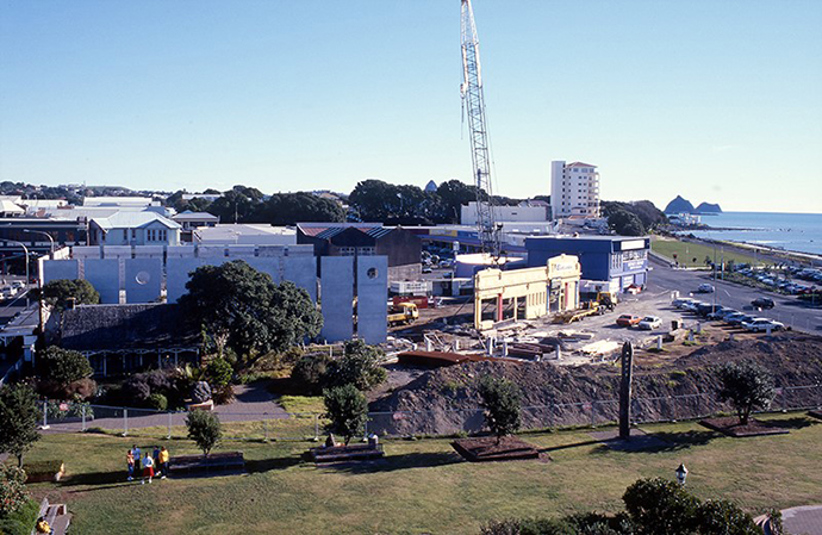
Construction of Puke Ariki, Don Sinclair (2001). Collection of Puke Ariki (PHO2009-229b).
The important issue of funding for the site was finally decided in 1999 when the council confirmed its $12.3 million budget and resolved the extra $3 million needed to cover the fit-out must be raised by the community and through non-council grants. Puke Ariki eventually managed to raise another $11 million towards the project.
On 15 June 2003, the doors were swung open for Puke Ariki’s first visitors and history was made. The world’s first integrated museum, library and tourist information centre was open. Its success was immediate. Awards for the Puke Ariki’s innovative technology and design were a regular occurrence. And, most importantly, the local people and the out-of-town visitors loved it too.
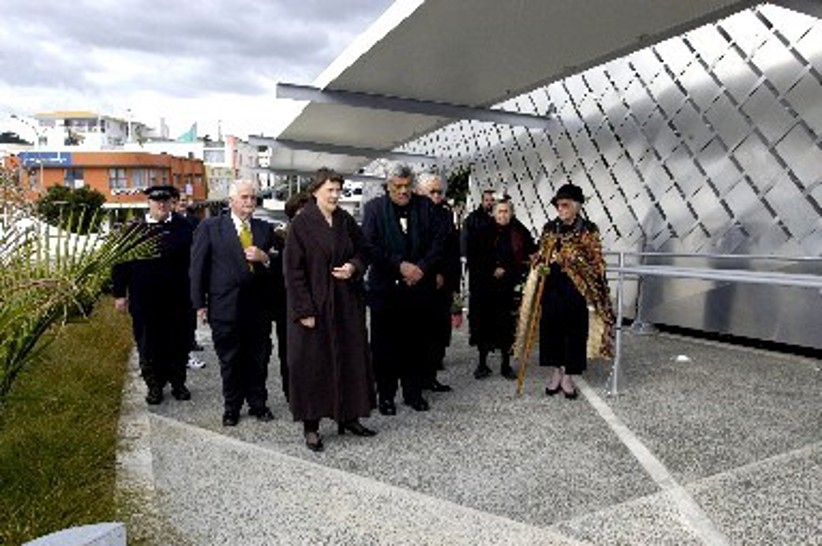
Puke Ariki opening ceremony, Pip Guthrie (2003). Collection of Puke Ariki (PHO2003-947).
And so Puke Ariki continues what it started, by combining the historical with the high-tech, the entertaining with the educational, and forever preserving the stories of the past and present for the visitors of the future.